|
Save the Cord Foundation and WellSky are proud to welcome Dr. Juliet Barker from Memorial Sloan Kettering Cancer Center, as our featured speaker for our next edition of Share the Science on December 9th, 2021 2pm ET / 11am PT. Join us to hear Dr. Barker discuss best practices in cord blood transplantation (CBT). RECORDING AVAILABLE NOW. Share the Science is a free webinar series focused on the cord blood industry and the latest research in this field. As always, we invite both health professionals and the general public to join us for this unique online educational series. Learn more about this exciting educational series here. Lessons learned, best practices. . . optimizing cord blood transplantation.Unrelated donor cord blood is a rapidly available cryopreserved stem cell source that has the advantage of reduced stringency of required HLA-match. This extends transplant access to minority patients and those in need of urgent transplantation. At Memorial Sloan Kettering Cancer Center, optimization of cord blood transplantation (CBT) practices including graft selection, conditioning, graft thaw and early post-transplant supportive care — especially prevention and management of graft-versus-host disease and Cytomegalovirus (CMV) infections — has resulted in a dramatic reduction in transplant-related mortality after CBT for high-risk acute leukemia in adults. This combined with very low rates of relapse has resulted in very high survival in this patient population. These promising results and the future of adult CBT will be discussed in detail in this Share the Science session. Register now to receive a link to the recording and slides. SHARE THE SCIENCE with Juliet Barker, M.D. Director, Cord Blood Transplantation Program, Memorial Sloan Kettering Cancer Center "Optimizing Practices in Cord Blood Transplantation" Free webinar. Open to the public. Thursday, December 9th at 2 pm ET / 11am PT RECORDING AVAILABLE NOW About the speaker
We wish to thank Dr. Juliet Barker for volunteering her time to speak on
Share the Science and sharing her valuable insight on optimizing cord blood transplantation through best practices. We also wish to also thank our generous sponsor and partner for this event, WellSky Health, who continue to support cord blood education through our “Share the Science” series. Share the Science: Reducing Risk of Infection in Cord Blood Transplantation - Dr. Amanda Olson7/22/2021
Save the Cord Foundation and WellSky are proud to welcome Dr. Amanda Olson from MD Anderson Cancer Center, as our featured speaker for our next edition of Share the Science on August 26th, 2021 2pm ET / 11am PT. Join us to hear Dr. Olson review and discuss an evidence-based approach to reducing the risk of infection in cord blood transplants. RECORDING NOW AVAILABLE. Share the Science is a free webinar series focused on the cord blood industry and the latest research in this field. As always, we invite both health professionals and the general public to join us for this unique online educational series. Learn more about this exciting educational series here. What are the risks of cord blood transplantation?Even the most successful medical procedures carry risks for the patient. Knowing how to manage those risks are key to giving your patients the best care possible and giving them the best odds possible for treatment. Join us to hear Dr. Amanda Olson speak from the University of Texas MD Anderson Cancer Center, in detail about the best practices in the prevention and treatment of opportunistic infections in adult patients undergoing cord blood transplantation. She will present evidence-based recommendations for the prevention and treatment of opportunistic infections in adult patients undergoing CBT. Topics will include:
The webinar will review key concepts including the recent important role of letermovir in the prevention of CMV reactivation. In instances where there is a paucity of data, practice recommendations are provided, including the duration of antimicrobial prophylaxis. SHARE THE SCIENCE with Amanda L. Olson, M.D. Associate Professor, Department of Stem Cell Transplantation, Division of Cancer Medicine, The University of Texas MD Anderson Cancer Center, Houston, TX "Reducing Risk of Infection in Cord Blood Transplantation" Free webinar. Open to the public. Thursday, August 26th at 2 pm ET / 11am PT RECORDING NOW AVAILABLE About the speaker
We wish to thank Dr. Amanda Olson for volunteering her time to speak on
Share the Science and sharing her valuable insight on monitoring the risks associated with cord blood transplantation. We also wish to also thank our generous sponsor and partner for this event, WellSky Health, who continue to support cord blood education through our “Share the Science” series. Save the Cord Foundation and WellSky are proud to welcome Dr. Ngaire Elwood, as our featured speaker for our next edition of Share the Science on May 3rd, 2021 4pm EDT (April 29th, 6am AEDT). Join us to hear Dr. Elwood discuss the renaissance of public cord blood banks. In particular, Dr. Elwood will highlight several of the new developments in cord blood banking which promise to increase cord blood usage in the future. RECORDING NOW AVAILABLE Share the Science is a free webinar series focused on the cord blood industry and the latest research in this field. As always, we invite both health professionals and the general public to join us for this unique online educational series. Learn more about this exciting educational series here. Increase cord blood usageDuring this exciting webinar, Dr. Ngaire Elwood will introduce us to the many recent breakthroughs in cord blood banking that will lead to the potential increased usage of cord blood units in the future. Discover the true potential of cord blood and public cord blood banks. Cord blood remains an important source for haematopoietic stem cell transplants (HSCT), especially as we continue to navigate the worldwide COVID-19 pandemic. Yet HSTCs may be just the tip of the iceberg of the role cord blood will play in future cell therapies. Join Dr. Ngaire Elwood as she shares her research and discusses how to:
The expanded use of cord blood will create new opportunities and a “renaissance” for public cord banks. Register now to watch the recording and learn how new research into cord blood is adding to the potential of cell therapy. SHARE THE SCIENCE with Ngaire Elwood, PhD Associate Professor, Murdoch Children's Research Institute - Director of the BMDI Cord Blood Bank "The Renaissance of Public Cord Blood Banks" Free webinar. Open to the public. Thursday, May 3rd at 4 pm EDT / 1 pm PT RECORDING NOW AVAILABLE About the speaker
We wish to thank Dr. Ngaire Elwood for volunteering her time to speak on
Share the Science and sharing her valuable insight on public cord blood banks. We also wish to also thank our generous sponsor and partner for this event, WellSky Health, who continue to support cord blood education through our “Share the Science” series. |
AuthorWrite something about yourself. No need to be fancy, just an overview. Archives
February 2024
Categories |

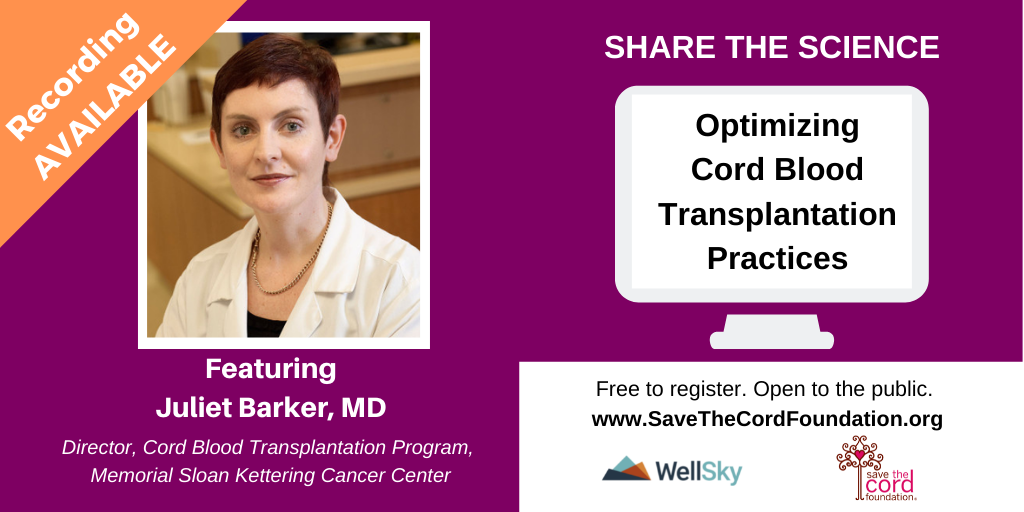
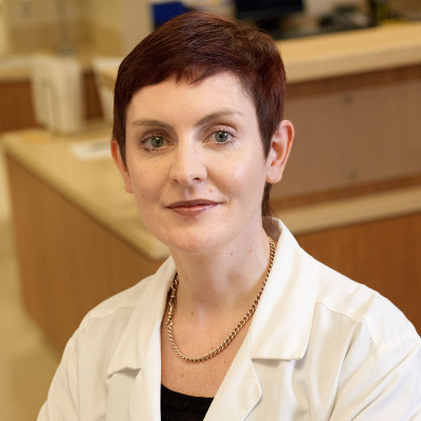

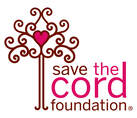
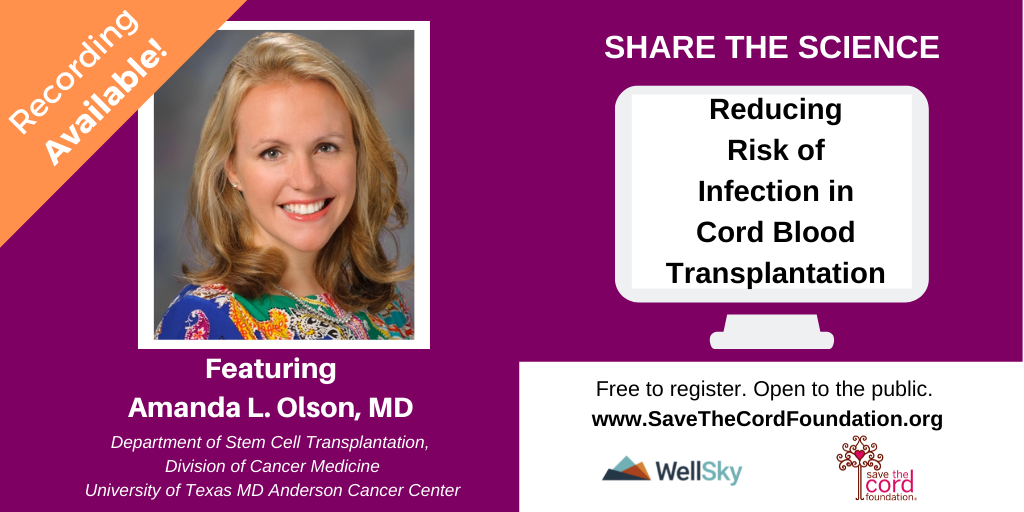


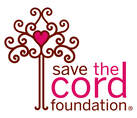
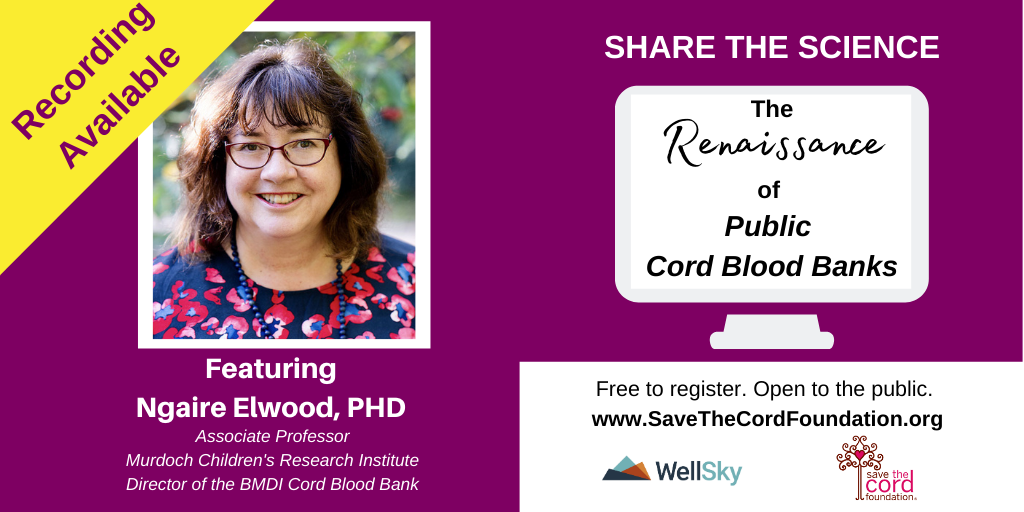
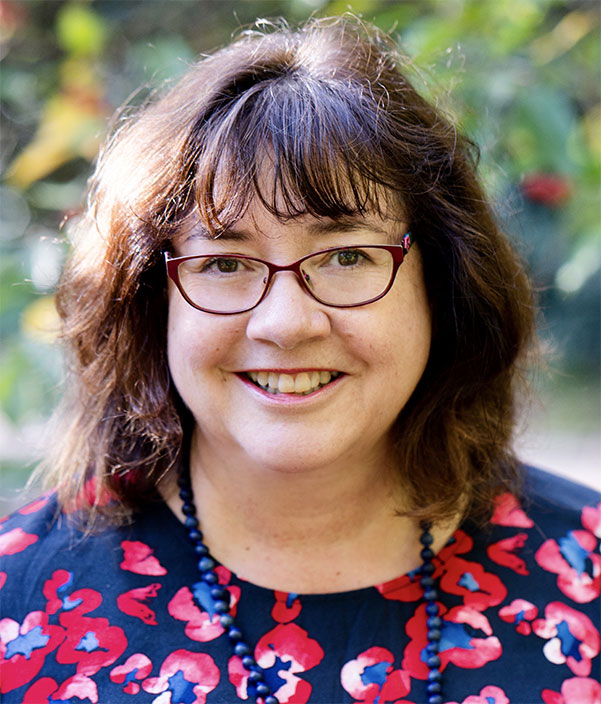
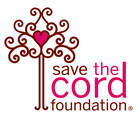
 RSS Feed
RSS Feed


